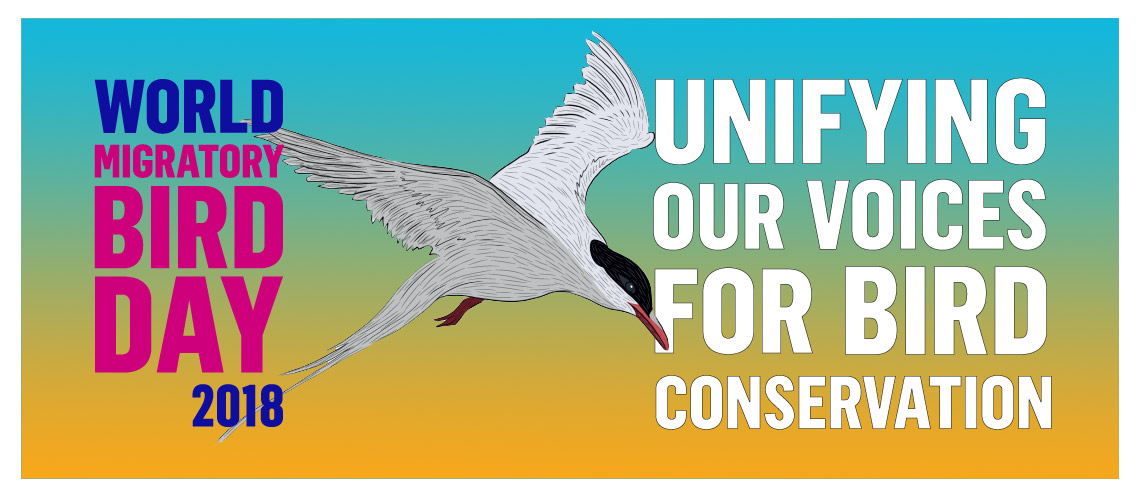
11 Oct 2018 World migratory bird day (13 October): International conservation pays off!
Bucking a major general trend, the overall status of waterbird populations listed on the African-Eurasian Migratory Waterbird Agreement (AEWA) has slightly improved over the last ten years. The findings are being released ahead of World Migratory Bird Day, an annual, UN-backed global awareness-raising and environmental education campaign focused on migratory birds and the need for international cooperation to conserve them.
AEWA protects nearly half a billion waterbirds and seabirds across the African-Eurasian Flyway. More than 220 species covered by AEWA have been assessed in the report. The upward trend assessed in the report is due to concerted conservation actions along the birds’ migration routes, the so-called flyways. These range from targeted species action planning for the most threatened species to ensuring that hunting of widespread waterbirds species is sustainable.
Hunters in Europe are involved in conservation actions ranging from monitoring of populations, restoring and conserving habitat and making sure that hunting does not threaten the populations. Examples can be found on: www.biodiversitymanifesto.com. Hunters, and others, are encouraged to share their conservation projects with the world!
FACE, and its members, are also involved in different AEWA action plans for threatened species like the Taiga bean goose and AEWA management plans for abundant species like the Pink-footed Goose. FACE is calling on those who sustainably use and conserve waterbirds to contribute to the Waterbird Fund to ensure that we better understand the status of our migratory waterbird populations.

